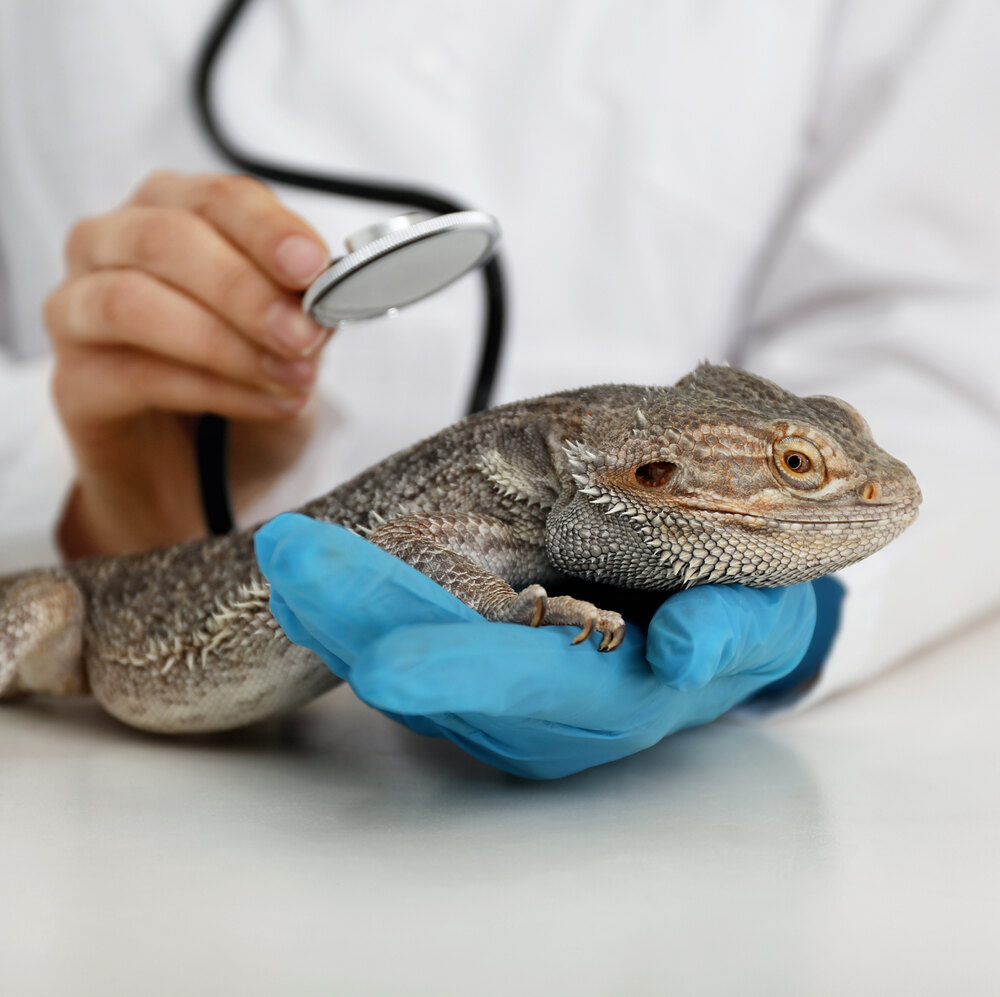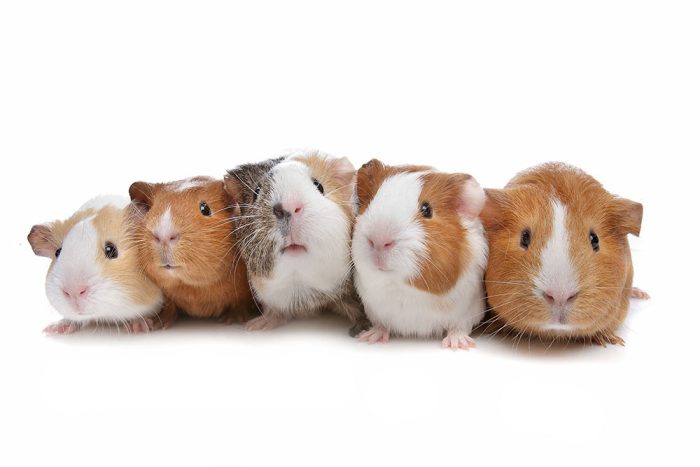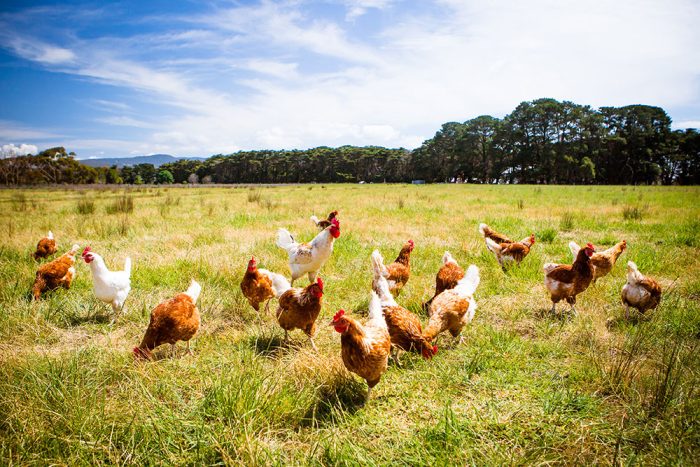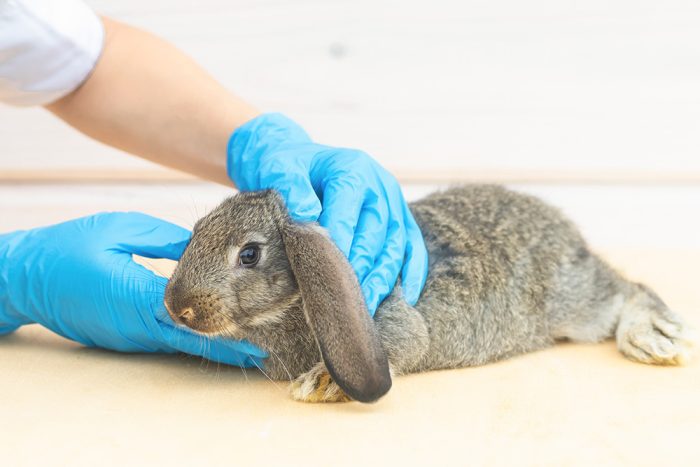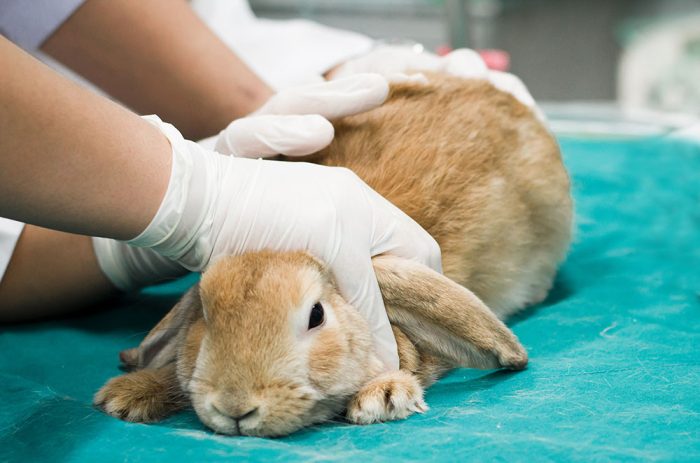Lizards, snakes and chelonians make up an extremely large and diverse group of reptiles with thousands of different species found throughout the world, adapted to a large variety of climates, habitats, and natural diets.
Their anatomy and physiology can therefore vary considerably between different groups with each species adapted to its natural environment. Consequently, different species can have extremely different environmental and nutritional requirements, often difficult to reproduce satisfactorily in captivity. This, coupled with their ability to survive without showing obvious signs of illness, can present a challenge for the veterinary surgeon having to make general recommendations.
This learning series with Elisabetta Mancinelli provides the general practitioner with basic and practical tools when dealing with reptiles and provides additional knowledge from common clinical techniques to reptile anaesthesia and surgery.
£60.00 + VAT (Non-Member price)
£0 +VAT (Member price)
Find out more about our Membership plansUnlimited Access
Subscribe now for unlimited access to all Central CPD On-Demand Content
Subscribe Now-
Description
Topics covered include:
- Clinical approach to the reptile patient (including physical exam, identification of more common species, handling and common clinical techniques)
- Top tips for optimal radiographic positioning
- Reptile surgery and patient care
- Anaesthesia: how to anaesthetise reptiles safely in practice
-
In association with...
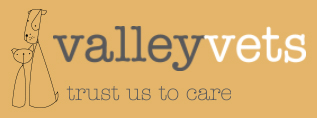
Related courses
The Rodent Patient from A to Z
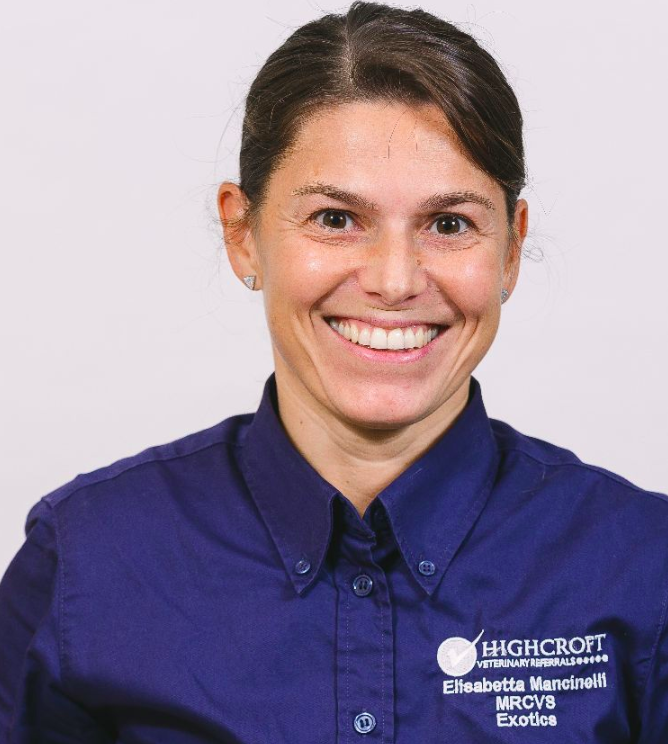
Backyard Chicken Problems and Solutions: Giving Confidence in Backyard Chicken Medicine and Basic Surgery
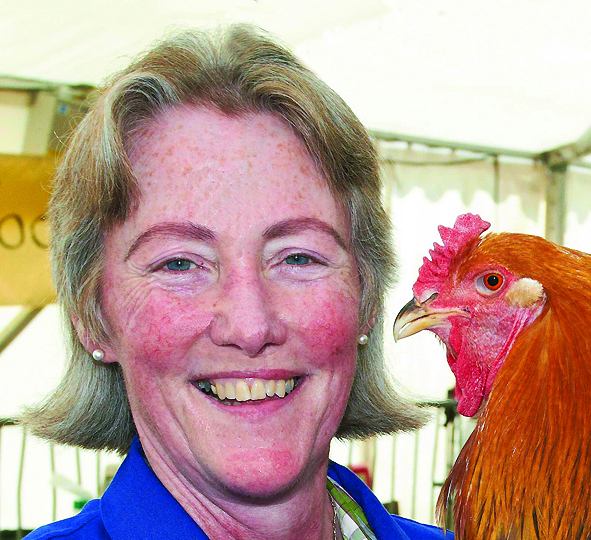
Rabbit Anaesthesia for Nurses & New Grads

Rabbit Nursing & Care of the Hospitalised Rabbit
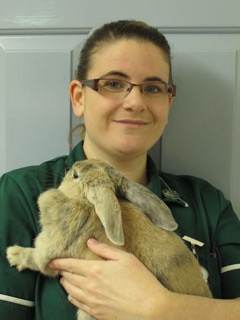
Rabbit Dentistry


